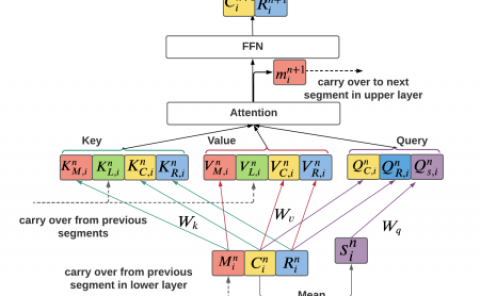QoS Provisioning in 60 GHz Communications by Physical and Transport Layer Coordination
PubDate: Oct 2019
Teams: University of Padova;Nokia Bell Labs
Writers: Matteo Drago, Michele Polese, Stepan Kucera, Dmitry Kozlov, Vitalii Kirillov, Michele Zorzi
PDF: QoS Provisioning in 60 GHz Communications by Physical and Transport Layer Coordination

Abstract
In the last decades, technological developments in wireless communications have been coupled with an increasing demand of mobile services. From real-time applications with focus on entertainment (e.g., high quality video streaming, virtual and augmented reality), to industrial automation and security scenarios (e.g., video surveillance), the requirements are constantly pushing the limits of communication hardware and software. Communications at millimeter wave frequencies could provide very high throughput and low latency, thanks to the large chunks of available bandwidth, but operating at such high frequencies introduces new challenges in terms of channel reliability, which eventually impact the overall end-to-end performance. In this paper, we introduce a proxy that coordinates the physical and transport layers to seamlessly adapt to the variable channel conditions and avoid performance degradation (i.e., latency spikes or low throughput). We study the performance of the proposed solution using a simulated IEEE 802.11ad-compliant network, with the integration of input traces generated from measurements from real devices, and show that the proposed proxy-based mechanism reduces the latency by up to 50% with respect to TCP CUBIC on a 60 GHz link.

